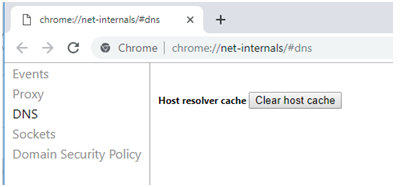


dig +noall +answer > DiG 9.13.3 > +noall +answerīy default, if no name server is specified, dig uses the servers listed in /etc/nf file. Get a Detailed Answer #įor more a detailed answer, turn off all the results using the +noall options and then turn on only the answer section with the +answer option. The output will include only the IP addresses of the A record. To get a short answer to your query, use the +short option: dig +short 104.18.59.123 Generally, you would want to get only a short answer to your dig query. You can disable this part with the +nostats option. The output should look something like this:

In the following example, we’re performing on the domain: dig In its simplest form, when used to query a single host (domain) without any additional options, the dig command is pretty verbose. Install dig on Ubuntu and Debian # sudo apt update & sudo apt install dnsutils Install dig on CentOS and Fedora # sudo yum install bind-utils Install dig on Arch Linux # sudo pacman -S bind-tools Understanding the dig Output # The dig tool can be installed using the distro’s package manager. If dig is not present on your system, the command above will print “dig: command not found”. The output should look something like this: DiG 9.11.3-1ubuntu1.1-Ubuntu To check if the dig command is available on your system type: dig -v This tutorial explains how to use the dig utility through practical examples and detailed explanations of the most common dig options. It is the most commonly used tool among system administrators for troubleshooting DNS problems because of its flexibility and ease of use. The dig command, allows you to query information about various DNS records, including host addresses, mail exchanges, and name servers. Dig (Domain Information Groper) is a powerful command-line tool for querying DNS name servers.



 0 kommentar(er)
0 kommentar(er)
